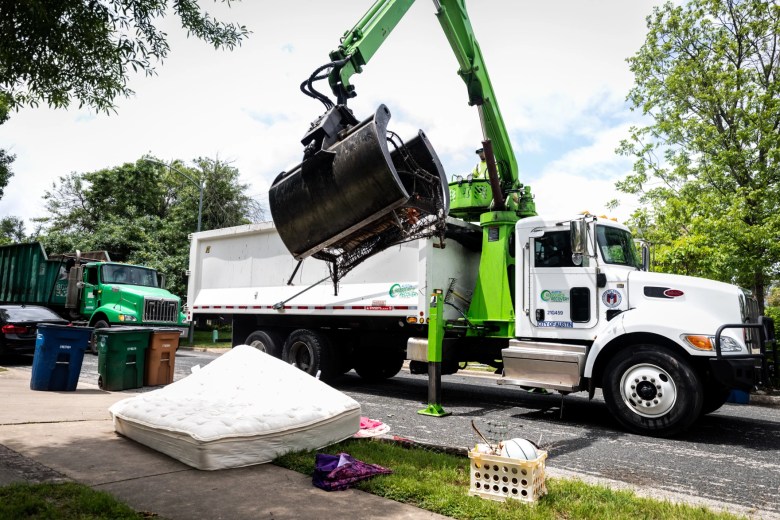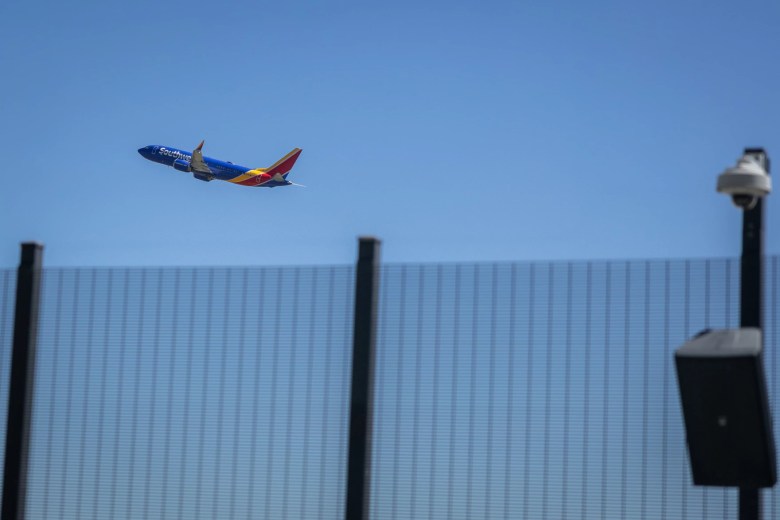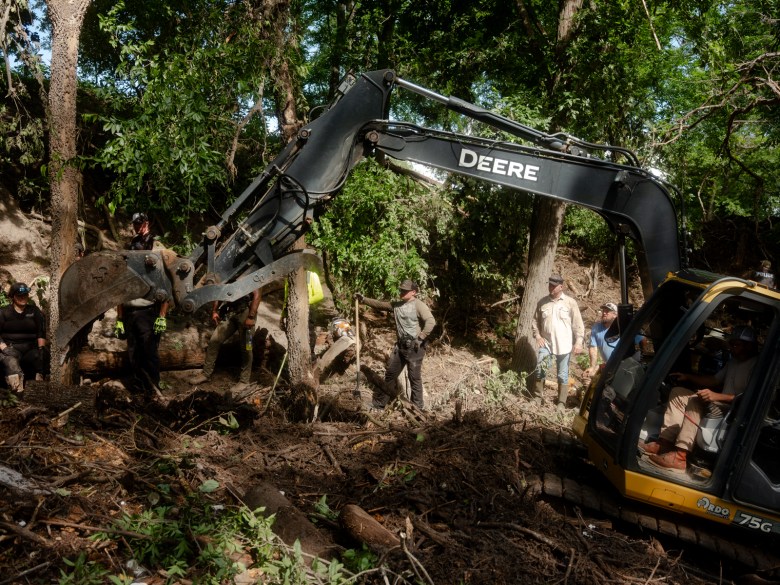NEW YORK Following reports of crippled vessels in the region, Coast Guard sailors from Station Kings Point, Station New York, and Station Sandy Hook conducted three distinct towing operations on Saturday.
A 35-foot white center console boat carrying four individuals flashed a white light in the direction of a marina in the first incident, which was reported on VHF Channel 16. From Station Kings Point, Coast Guard Sector New York sent out a boatcrew and made an urgent marine information broadcast. After locating the crippled but anchored sailboat, the crew safely pulled it to a nearby harbor. There were no reported injuries.
A 25-foot white center console carrying five persons was the second disabled watercraft that SeaTow reported to Sector New York. It was found drifting south of the Verrazzano Bridge. They apparently couldn’t lower anchor because the ship’s GPS wasn’t working. Sector New York located the vessel and sent out another urgent broadcast via the i911 system. After responding, a boat team from Station New York securely rescued all five people and towed the disabled boat to a secure area where SeaTow took over. There were no reported injuries.
In a third instance, Sector New York was contacted by an insurance company regarding a disabled personal watercraft that was gradually absorbing water close to the Oceanic Bridge in the Navesink River. The i911 system was used to locate the mariner, who was wearing a life jacket. The mariner and the watercraft were towed to safety by a boatcrew from Station Sandy Hook. Later, TowBoatUS took over the tow for salvage efforts. There were no injuries.
i911 system aids Coast Guard response
During all three occurrences, the Coast Guard attributed the rapid mariner location to the i911 system. Responders can locate vessels in danger with near real-time accuracy thanks to the technology, which uses a mariner’s cellphone GPS to relay specific coordinates once the user gives permission.
The Coast Guard encouraged sailors to keep their safety gear in working order, pay attention to the weather, and make sure their navigation systems are working before they leave.







